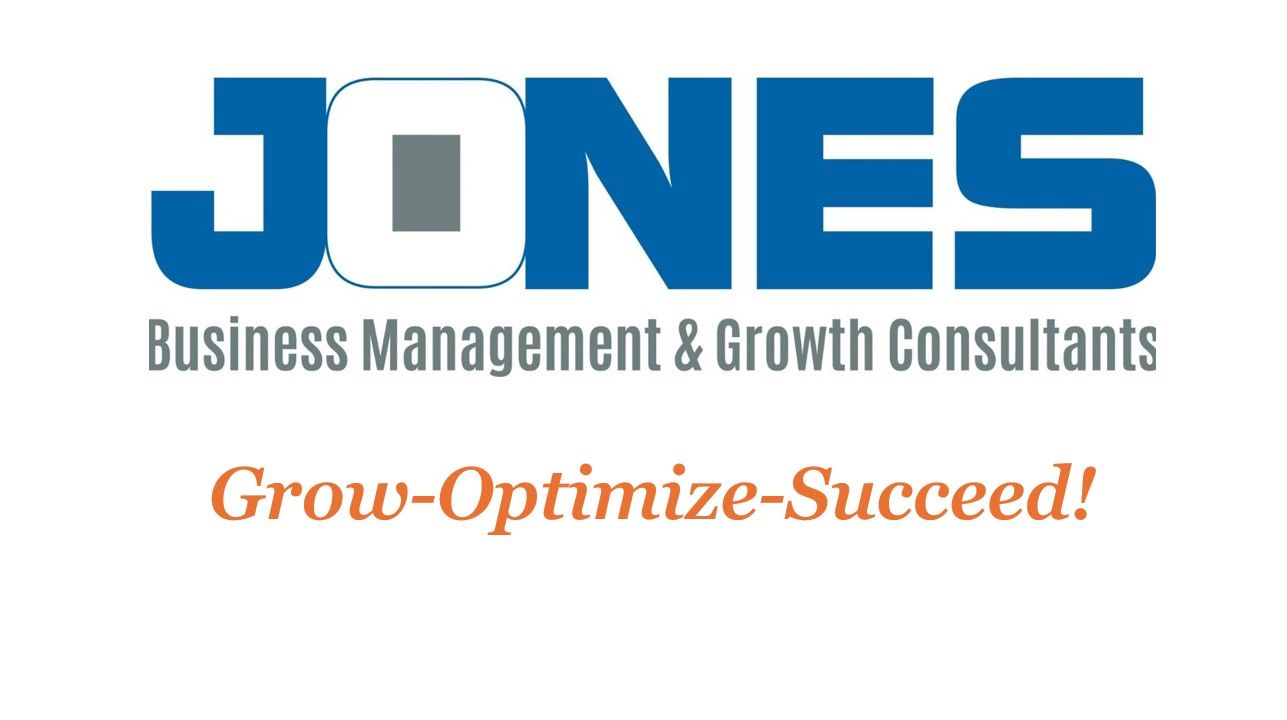Creating a Feedback Loop to Sustain Accountability: Building Continuous Improvement Into Your Culture
How structured feedback drives accountability and continuous improvement in your organization.

Accountability isn’t something that can be established once and left to run on autopilot. To maintain an Accountability-Driven Culture, organizations need ongoing systems of communication, reflection, and improvement. The most effective way to achieve this is by creating a Feedback Loop—a structured process where regular feedback is gathered, analyzed, and acted upon to ensure that accountability stays at the forefront of the organization.
In this post, we’ll explore how to create a feedback loop that not only reinforces accountability but also drives continuous improvement across the organization.
What is a Feedback Loop?
A Feedback Loop is a process where feedback is regularly collected, evaluated, and used to make adjustments or improvements. In the context of accountability, a feedback loop helps ensure that individuals and teams are consistently reviewing their performance, receiving input from others, and making necessary changes to enhance their effectiveness.
The core elements of a feedback loop include:
- Collecting feedback: Gathering input from all levels of the organization.
- Evaluating the feedback: Analyzing the data to identify trends, successes, and areas for improvement.
- Acting on the feedback: Implementing changes based on the insights gained.
By implementing a structured feedback loop, organizations can create a culture of openness, continuous improvement, and shared accountability.
Why a Feedback Loop is Essential for Sustaining Accountability
A feedback loop is vital to sustaining accountability for several reasons:
- Identifies Gaps in Performance: Regular feedback ensures that any issues or gaps in performance are caught early before they turn into larger problems. This helps individuals and teams stay aligned with organizational goals.
- Fosters Transparency: Feedback loops encourage open communication between employees, teams, and leadership. This transparency is essential to maintaining trust and accountability across the organization.
- Encourages Personal and Team Growth: A feedback loop creates opportunities for growth by providing individuals with actionable insights. Employees who receive constructive feedback are more likely to take ownership of their development and performance.
- Drives Continuous Improvement: The cycle of gathering, analyzing, and acting on feedback ensures that the organization is always moving forward. Continuous improvement becomes a natural outcome of regularly reflecting on performance.
Steps to Create a Feedback Loop for Accountability
1. Establish Clear Goals and Expectations
The foundation of an effective feedback loop is clarity. Individuals and teams need to know what they are being held accountable for. Establishing clear goals and expectations ensures that feedback is focused and relevant to the organization’s objectives.
- Action: Set measurable Key Performance Indicators (KPIs) or Objectives and Key Results (OKRs) for each role or team. Ensure that employees understand how their performance will be evaluated and what success looks like.
2. Create Opportunities for Regular Feedback
Feedback needs to be a regular part of your organization’s processes. Waiting for annual reviews isn’t enough. Leaders should create multiple channels for both formal and informal feedback throughout the year.
- Action: Implement regular check-ins, team retrospectives, 1:1 meetings, and surveys to gather feedback. Encourage open discussions after major projects or milestones to evaluate what went well and what can be improved.
3. Encourage Two-Way Feedback
A strong feedback loop is a two-way street. Not only should leaders and managers provide feedback to their teams, but employees should also feel comfortable giving feedback to leadership. This fosters a culture of accountability where everyone’s voice is heard, and improvements can be made at all levels.
- Action: Set up anonymous feedback mechanisms or open forums where employees can share their thoughts on leadership, processes, and overall company direction. Regularly check in with teams to see how they feel about the feedback they receive.
4. Make Feedback Actionable
Feedback is only valuable if it can be acted upon. Ensure that the feedback you provide is specific, constructive, and linked to actionable steps that employees or teams can take to improve their performance.
- Action: Focus on providing specific examples of behavior or outcomes when giving feedback. Pair this with clear, actionable suggestions on how to improve, and offer support in making those changes.
5. Follow Up on Feedback
A feedback loop isn’t complete without follow-up. Once feedback has been provided and acted upon, leaders should check in to assess progress and provide additional support if needed. This ensures that improvements are being made and reinforces accountability.
- Action: After providing feedback, set follow-up meetings to assess how the changes are going. Revisit goals and expectations regularly to keep accountability at the forefront.
6. Measure and Adjust
As the feedback loop continues, it’s important to regularly evaluate the effectiveness of the process itself. Gather data on whether feedback is leading to measurable improvements and be open to adjusting the feedback loop to make it more effective.
- Action: Collect feedback on the feedback process—ask employees and teams if they feel the feedback loop is helping them improve, and identify any areas where the process can be refined.
Building a Culture of Continuous Improvement
When feedback is an ongoing part of your organizational culture, it leads naturally to continuous improvement. Employees and teams are constantly learning, adapting, and growing based on the insights they receive. Here are some key principles to keep in mind as you build a feedback loop that sustains accountability:
- Normalize Feedback: Make feedback an integral part of your company culture. Normalize giving and receiving feedback so that it becomes a positive experience rather than something to fear.
- Focus on Solutions: Ensure that feedback always focuses on solutions, not just problems. The goal of a feedback loop is to drive improvements, so the conversation should always include a path forward.
- Create a Safe Space for Feedback: Employees must feel safe giving and receiving feedback. Foster a culture where feedback is seen as an opportunity for growth rather than a critique.
- Celebrate Wins Along the Way: Don’t forget to acknowledge and celebrate improvements. Highlighting positive outcomes reinforces the value of the feedback loop and keeps people engaged in the process.
Conclusion: Sustaining Accountability Through Continuous Feedback
An Accountability-Driven Culture requires consistent, structured feedback to thrive. By establishing a feedback loop, organizations can ensure that accountability remains a constant priority. Feedback provides the insights teams need to learn from their mistakes, adjust their processes, and improve continuously. When everyone is committed to giving and receiving feedback, accountability becomes second nature.
In the next blog, we’ll explore how leaders can balance Accountability and Innovation—finding the sweet spot where taking risks and embracing new ideas doesn’t come at the cost of accountability.
#LeadershipDevelopment #AccountabilityMatters #ContinuousImprovement #FeedbackCulture #TeamSuccess #BusinessGrowth #OrganizationalLeadership #EmployeeEngagement #InnovationAndGrowth #SuccessThroughAccountability










